Casa Les Conches (House of the Shells)José Ramón Gallego Rebollar (b. 1951)
About the Artist/Site
It all began as a weekend pastime for young José Ramón Gallego Rebollar. Although his grandfather and father had been fishermen and sailors in Tazones, the son never worked at sea or in a related trade. After the family emigrated to Gijón from Tazones when José Ramón was nine, he continued his schooling there until age fourteen, after which he began working at the Royal Oxford textile factory. He served this factory in a variety of different capacities, his last as a marcador contador, tracking the production numbers of the shirts and other articles of clothing that they produced. On weekends and during vacation periods he would return to the little two-story seaside home in Tazones, the original home of his grandparents, first with his mother, Amalia Rebollar, and then later with his wife.
While visiting in the early 1980s, he came across some sea snail shells that his grandfather had collected and stored in the attic. Not wanting to throw them out, he began to adorn two columnar flowerpots with the shells, placing one on either side of the front entrance door to the house. While he was working, however, he realized that he would lack sufficient numbers for the dense designs he was elaborating, so he asked the local fishermen to bring him more. They returned with so many sea snail and scallop shells that he eventually was able to completely cover eighteen flowerpots. And although he began running out of flowerpots as well as the external space to display them, he continued to gather shells himself from the beaches, collect them from the local fishermen’s cooperative and the shellfish farms, and pick them up from the residues of dinners of friends and family. In 1985 he decided to sheathe the façade of the house itself, starting on the eastern side that looks out to sea.
Given that his early experiments at that smaller scale had given him a general understanding of how to choose and manipulate this medium, it was clear that this transition from ornamenting flowerpots to adorning the building façade was solely developed as an aesthetic practice, rather than—as with Francisco del Río Cuenca, for example—serving a more functional purpose. From the very beginning, Gallego’s work on the house was meticulously developed with an eye to the different textural, size, and color variations available to him thanks to the wealth of local marine life. He never had training in construction or masonry, but learned on his own. At first he began to attach the shells with a cemento cola, a cement with a glue mixed into it, but then changed to using a silicon glue that he found easier to work with, given the miniscule size of some of the shells. This “hobby” was entertaining for him, and he enjoyed spending his free time selecting and placing the shells. He was not concerned with quantity as much as quality—he knew the sea would continue to provide—so he cleaned and sorted through the shells carefully to avoid those with cracks or rough edges, and he organized them by color and size and type, and created formalistic displays of straight lines, spirals, and checkerboard squares. The different colors and treatments set up a dizzying rhythm that enhanced the almost furry vibration of the medium when used in this manner. Although he completed the eastern façade of the house in 1992, he continued to work, moving around to the northern façade. It was not until twenty years after he began, in 2005, that Gallego completed the full ornamentation of the front and side façades of the home, as well as the walkway that leads to the door on the northern side. Even after he finished the façades, Gallego, obviously energized by his work, did not appear to want to stop working, and he added several new cylindrical pedestals, arranged fairly randomly around both visible façades of the house. The shell casing rises just over 16 feet to the bottom of the second-floor balcony on the eastern (front) façade and up to the level of the second floor on the north side; above, the house is whitewashed like most of the others in the village, its banister painted deep maroon, complementing the bright colors used by other villagers for these same architectural elements.
In 2009 the factory in Gijón closed, a victim of the economic crisis that hit Spain with such force. Finding himself prematurely retired, Gallego mused that if he had more shells he might decide to cover the interior hallway of the house although, to date, he had not ornamented any interior components with shells. In the meantime, in his free time, he fishes, takes walks, and maintains the house. José Ramón Gallego Rebollar, never a fisherman nor a sailor, nevertheless was able to create a strong personal connection to the sea that provided his grandfather’s and father’s livelihoods and has continued to support the very life of their natal village. His house, Les Conches, has become a symbol of the village, as well as his own personal saga, chronicling not only the impact of and the unbreakable bond with the sea, but the always new discoveries about ways in which that bond can be enhanced and celebrated.
~Jo Farb Hernández, 2014
Contributors
Materials
shells
Map & Site Information
Villar, Asturias, 33315
es
Latitude/Longitude: 43.5463403 / -5.4040995
Nearby Environments


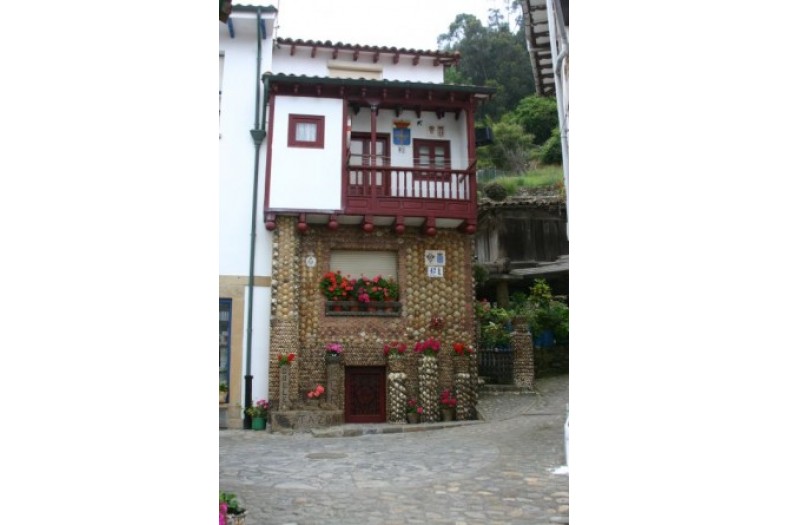
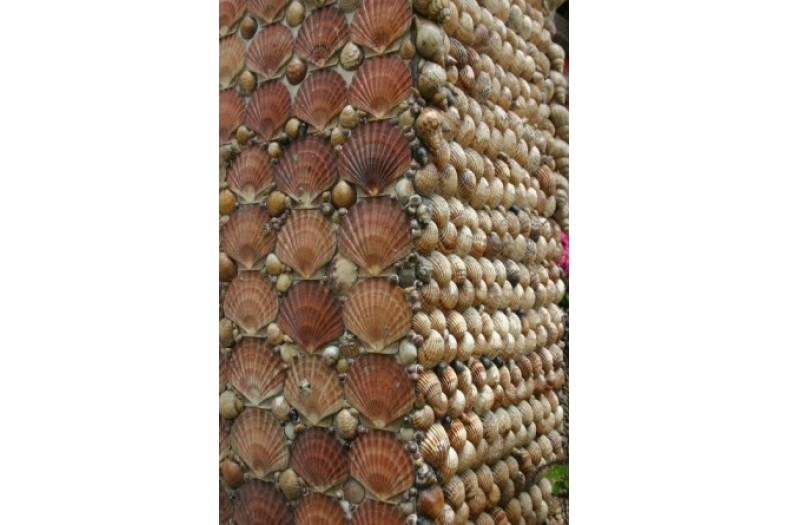
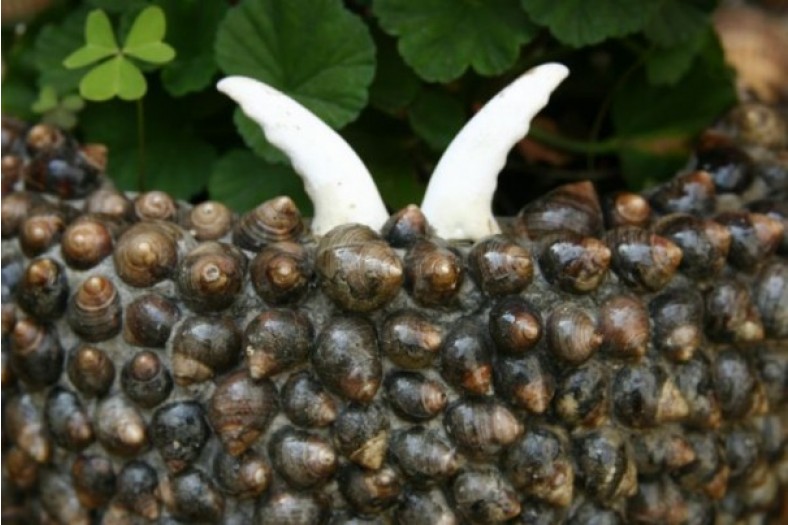
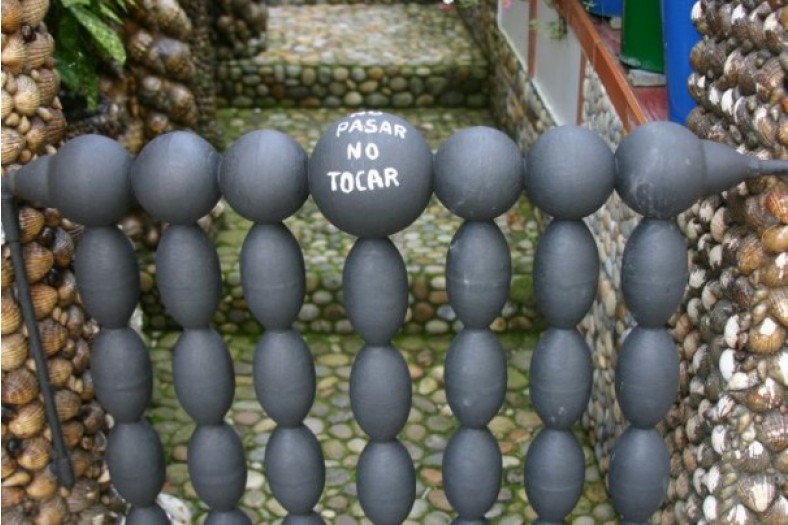
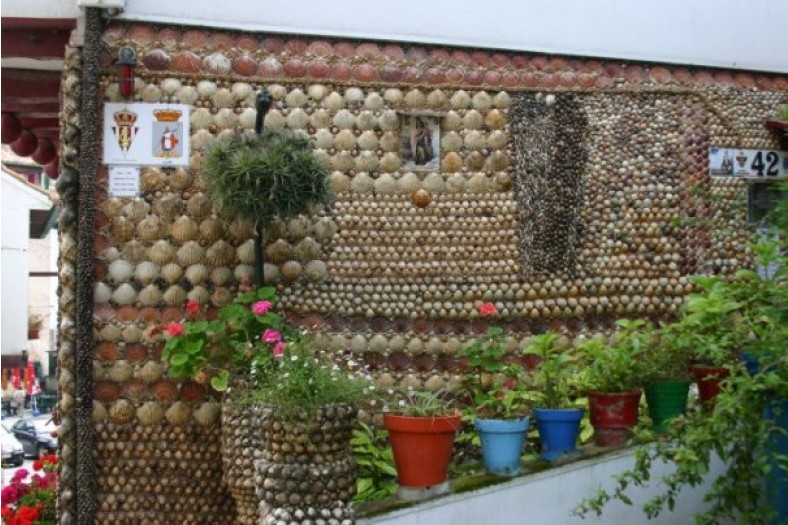
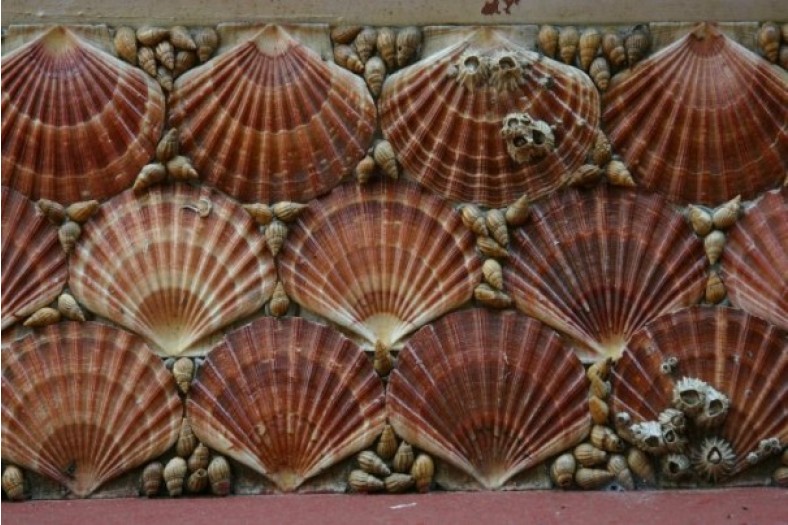
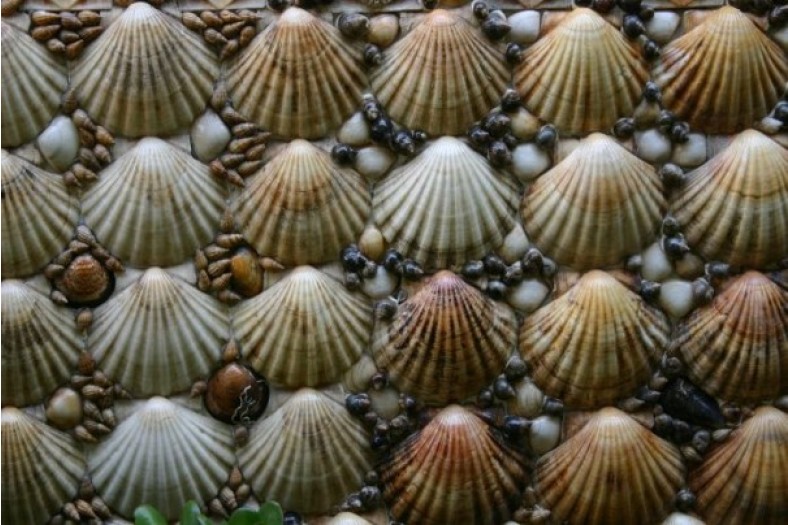
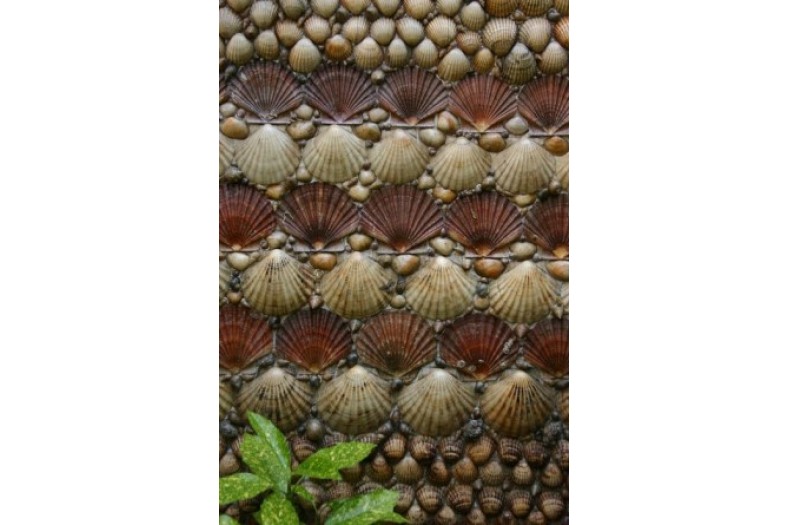
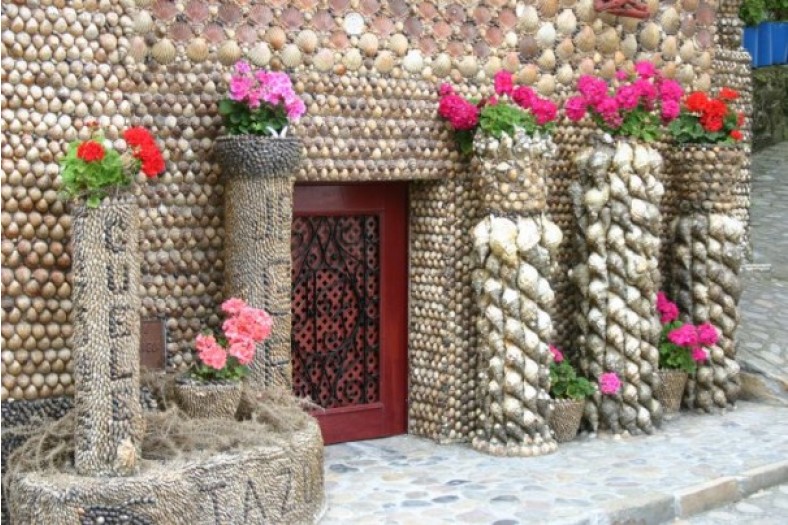
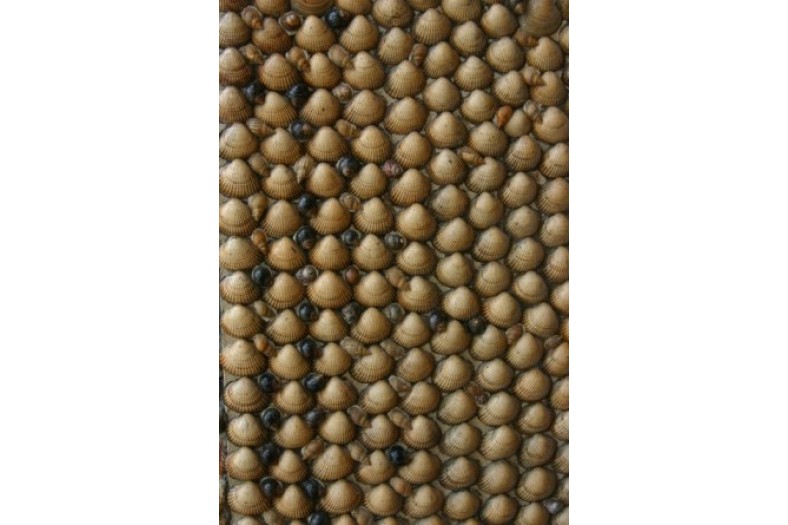
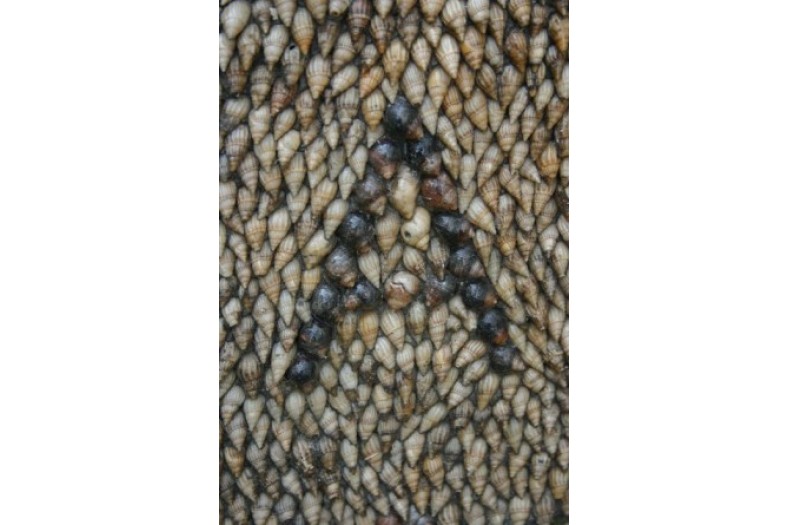
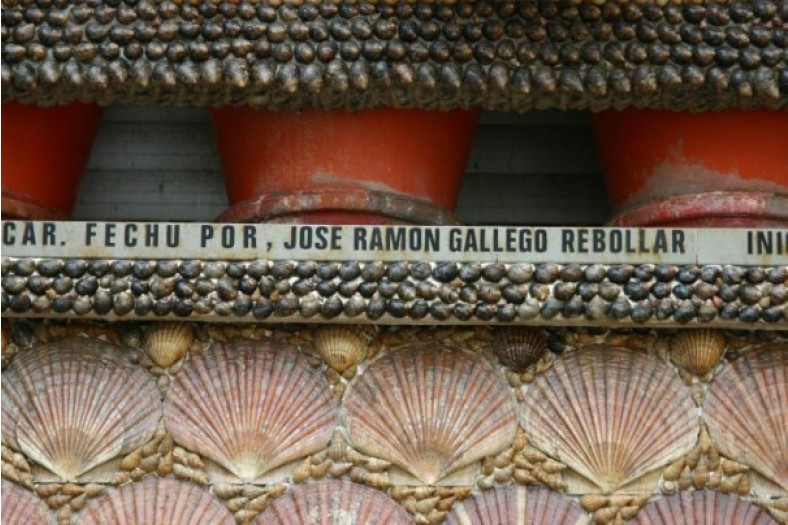
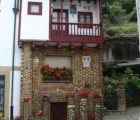
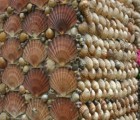
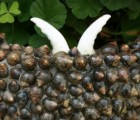
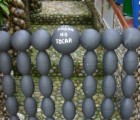
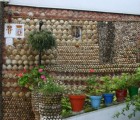
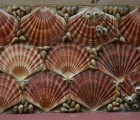
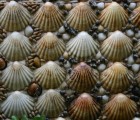
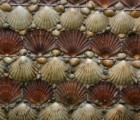
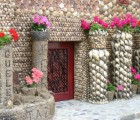
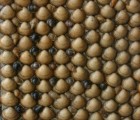
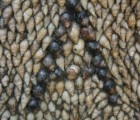
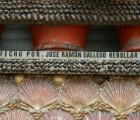
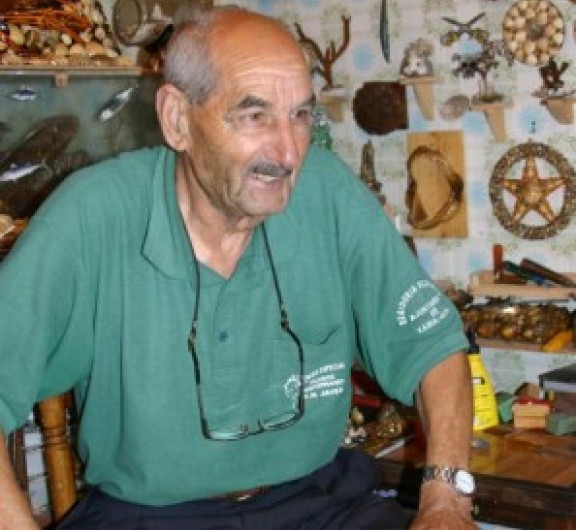
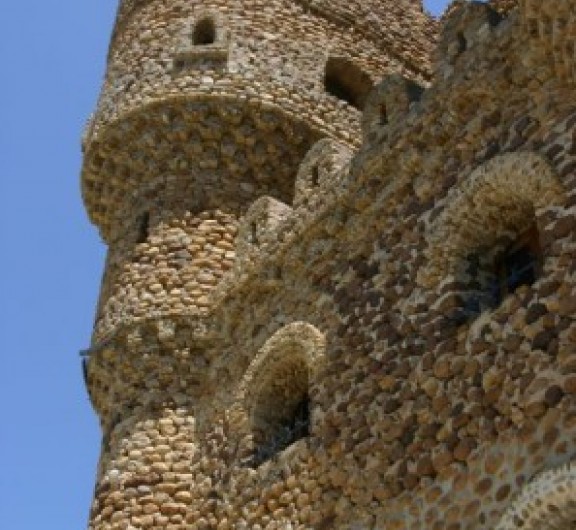
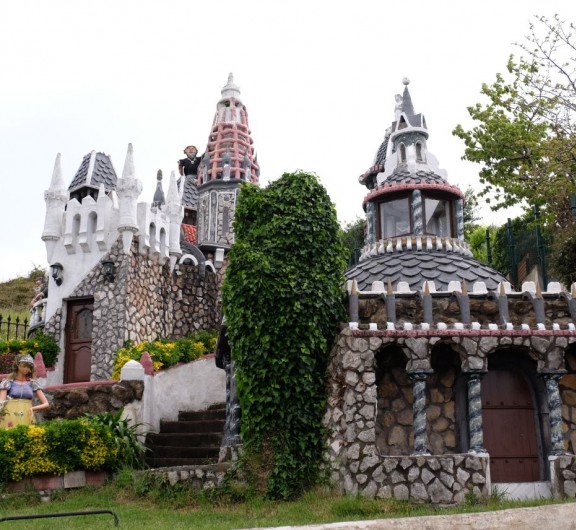
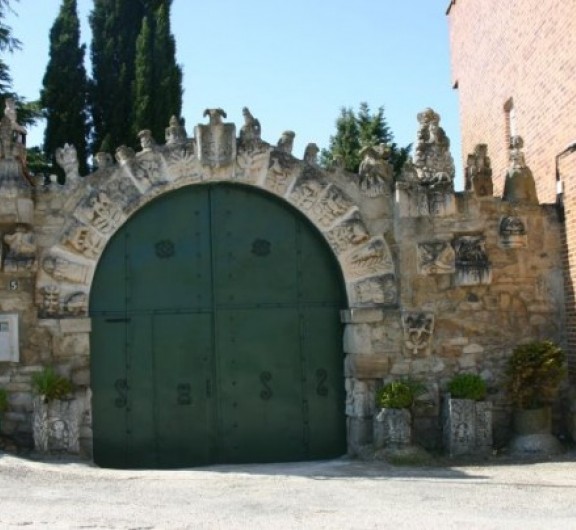
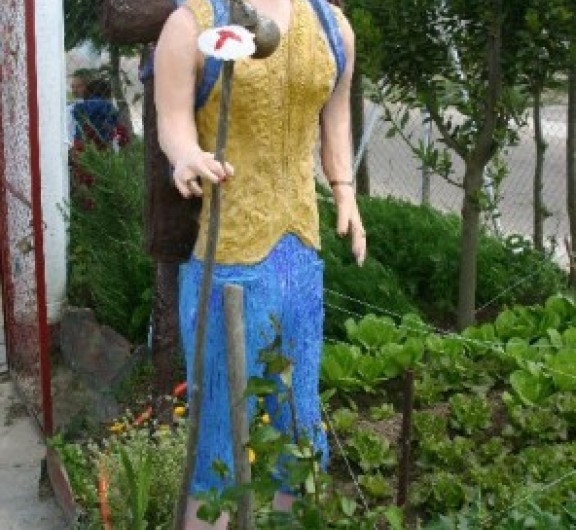
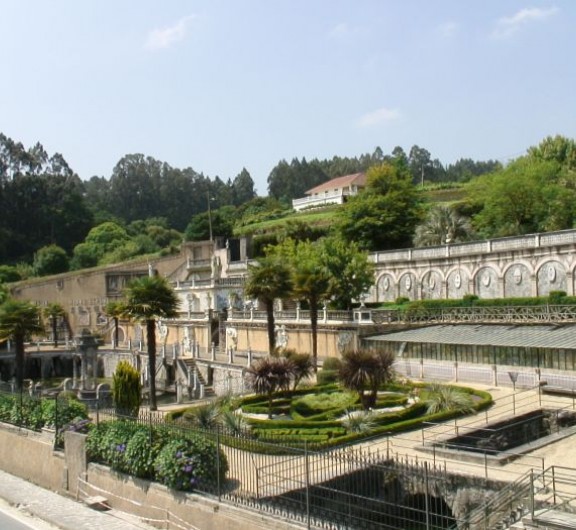

Post your comment
Comments
No one has commented on this page yet.